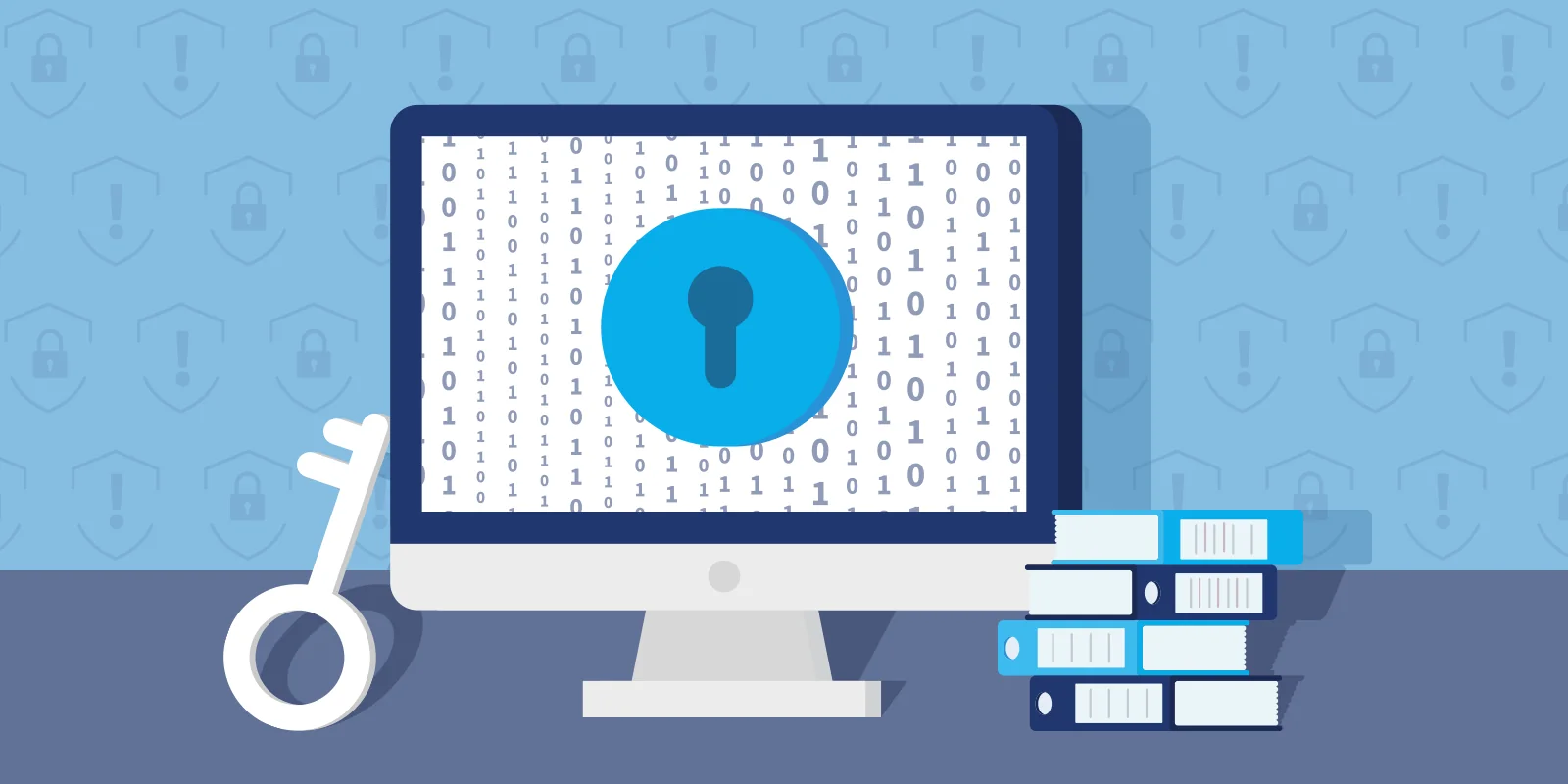Encryption is a crucial aspect of cybersecurity that helps protect sensitive information by converting it into a code that can only be deciphered with the appropriate decryption key. It plays a fundamental role in making computer systems and data more secure. Here’s an overview of encryption and some steps you can take to enhance the security of your system:
Encryption Basics:
- Encryption Algorithms: Encryption relies on complex mathematical algorithms to scramble data into ciphertext. Common encryption algorithms include AES (Advanced Encryption Standard), RSA (Rivest–Shamir–Adleman), and ECC (Elliptic Curve Cryptography).
- Key Management: Encryption typically requires keys, which can be either symmetric (same key for both encryption and decryption) or asymmetric (public-private key pair). Key management is crucial to ensure keys are kept secure and accessible only to authorized users.
- End-to-End Encryption: This method ensures that data remains encrypted from the sender’s end to the receiver’s end. It’s commonly used in messaging apps and email services to protect user communications.
- Transport Layer Security (TLS): TLS is used to secure data transmitted over networks like the internet. It encrypts data during transmission, preventing eavesdropping and man-in-the-middle attacks.
Steps to Make Your System Secure:
- Implement Encryption:
- Encrypt sensitive data both at rest (stored on disks or databases) and in transit (during communication).
- Use strong encryption algorithms and regularly update them to stay secure against evolving threats.
- Access Control:
- Implement strong access control mechanisms. Only authorized users should have access to sensitive data.
- Employ the principle of least privilege, granting users the minimum level of access required to perform their tasks.
- Secure Key Management:
- Safeguard encryption keys through secure storage, rotation, and access control.
- Consider using hardware security modules (HSMs) for added key security.
- Regular Updates and Patching:
- Keep your operating systems, software, and security tools up-to-date to mitigate vulnerabilities.
- Apply security patches promptly.
- Firewalls and Intrusion Detection Systems (IDS):
- Use firewalls to filter incoming and outgoing network traffic.
- Employ IDS to monitor your network for suspicious activities.
- User Education:
- Train users to recognize phishing attempts, social engineering, and other common security threats.
- Encourage strong password practices and implement multi-factor authentication (MFA) where possible.
- Regular Backups:
- Perform regular data backups and ensure they are encrypted and stored securely.
- Test data restoration procedures to verify their effectiveness.
- Security Audits and Penetration Testing:
- Conduct regular security audits and penetration tests to identify vulnerabilities and weaknesses in your system.
- Address any findings promptly.
- Incident Response Plan:
- Develop a comprehensive incident response plan to mitigate and recover from security incidents effectively.
- Compliance with Regulations:
- Ensure your system complies with relevant data protection and privacy regulations, such as GDPR or HIPAA, depending on your industry and location.
Remember that cybersecurity is an ongoing process. Threats evolve, so it’s essential to stay informed about new security measures and adapt your system’s defenses accordingly. Regular monitoring and proactive security measures are key to maintaining a secure system.
